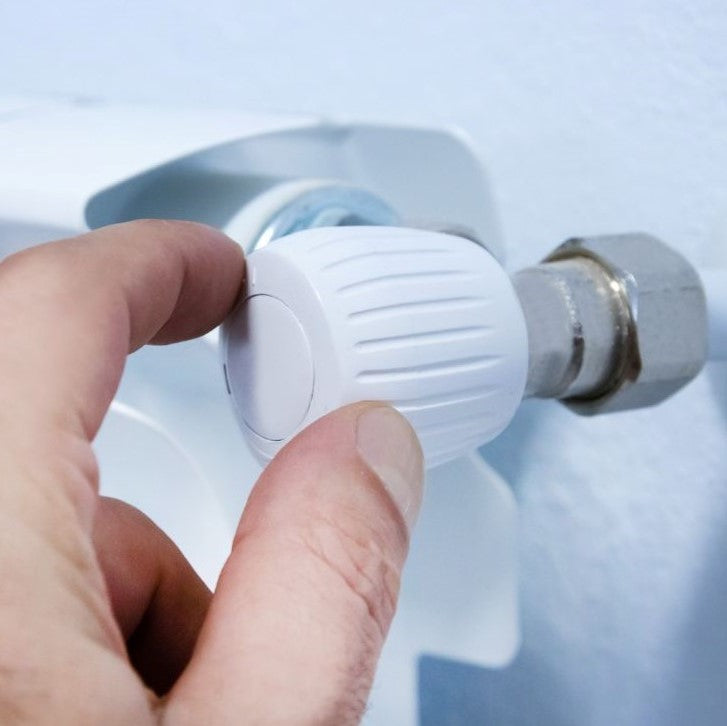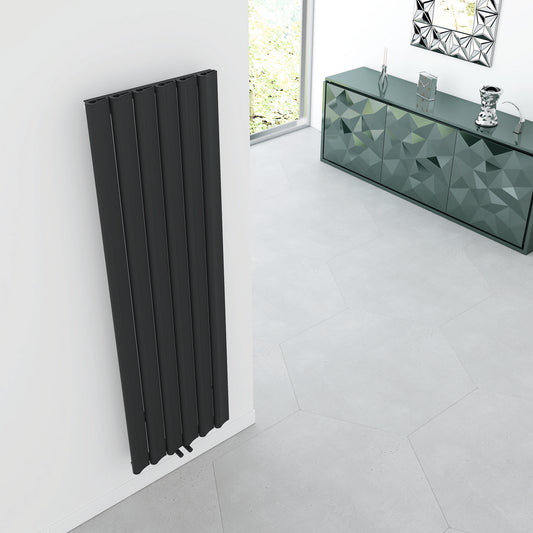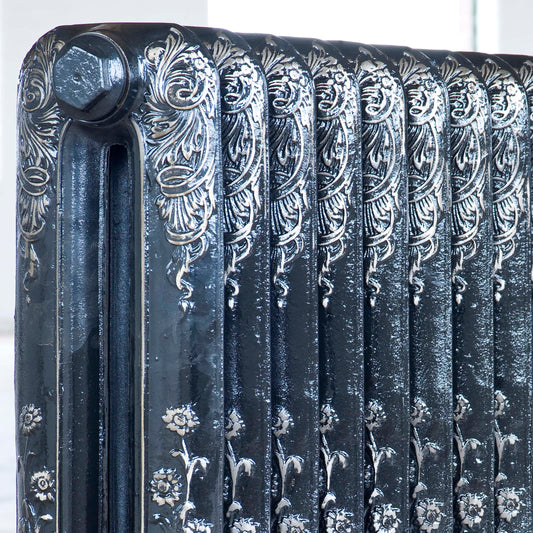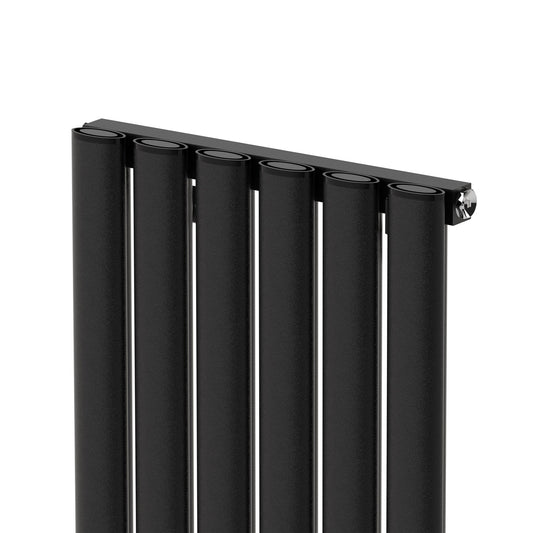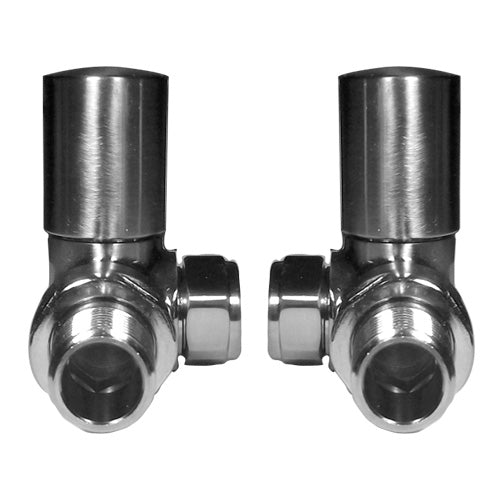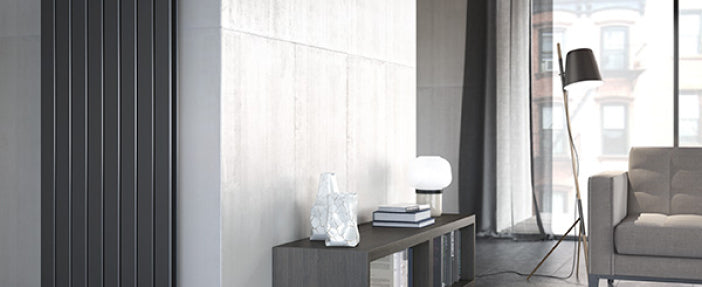The Radiator Shop Guide on How to Bleed a Radiator
One common issue that affects heating systems is the presence of air trapped in radiators. This problem can lead to poor heat distribution, increased energy consumption, and even damage to your heating system. In this blog, we'll discuss how to bleed a radiator and we'll answer three frequently asked questions related to this topic.
The Consequences of Air in Your Heating System
Air trapped in your radiators can result in several problems, such as:
1. Reduced heating efficiency: When air occupies space inside your radiator, it displaces the hot water, causing a drop in overall heating efficiency.
2. Cold spots: Air bubbles can lead to uneven heat distribution, leaving cold spots in certain areas of the radiator.
3. Increased energy consumption: As your heating system works harder to compensate for the trapped air, it consumes more energy, leading to higher utility bills.
4. Potential damage: Over time, trapped air can cause corrosion and damage to the radiator and other heating system components.
How to Bleed a Radiator
Bleeding a radiator is a relatively simple process that can be done by following these steps:
1. Turn off your heating system: Before you start, ensure that your heating system is off and the radiators are cool to touch.
2. Gather necessary tools: You will need a radiator key (which can be purchased at most hardware stores), a cloth or rag, and a container to catch any dripping water.
3. Locate the bleed valve: The bleed valve is usually found at the top of the radiator, on one side. It may have a small square or round opening.
4. Open the bleed valve: Insert the radiator key into the bleed valve and turn it counterclockwise, usually by a quarter or half turn. Hold the cloth or rag below the valve to catch any water that may drip out.
5. Release the air: As you open the valve, you should hear a hissing sound, which indicates that the trapped air is being released. Once the hissing stops and water starts to flow out, close the valve by turning the radiator key clockwise.
6. Check the pressure: After bleeding all the radiators in your home, check the pressure gauge on your boiler to ensure that it's within the recommended range. If the pressure is too low, you may need to top up the water in your heating system.
7. Turn the heating system back on: After completing the process, turn your heating system back on and check for any cold spots on the radiators. If the issue persists, you may need to repeat the bleeding process or consult a professional.
Frequently Asked Questions
1. How often should I bleed my radiators?
There's no fixed schedule for bleeding radiators. It's best to check for cold spots or reduced heating efficiency regularly, especially during the colder months. If you notice any issues, it's time to bleed your radiators.
2. Can I bleed a radiator without a key?
While a radiator key is the preferred tool, you can also use a flathead screwdriver or a pair of pliers to open the bleed valve. However, this may not provide a secure grip and could damage the valve.
3. Will bleeding my radiators lower my energy bills?
By improving the efficiency of your heating system, bleeding your radiators can help reduce your energy consumption, which may lead to lower utility bills.
In conclusion, air trapped in radiators can cause several problems, including reduced heating efficiency, cold spots, increased energy consumption, and potential damage to the heating system. Bleeding a radiator is a simple process that involves opening the bleed valve and releasing the trapped air. It is recommended to check for cold spots or reduced heating efficiency regularly and bleed the radiators as needed. Bleeding radiators can improve the efficiency of the heating system, reduce energy consumption, and lower utility bills. It is important to use a radiator key to open the bleed valve to avoid damage to the valve. If the issue persists, it is advisable to consult your plumber.
